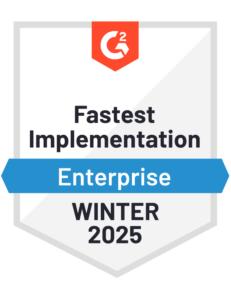In the world of Finance & Accounting (F&A), you need to be willing to innovate in order to move toward a more efficient, and accurate, final close process. The quicker you close, the quicker you can move on to higher value-added tasks such as analysis and strategic planning, with accurate numbers in hand.
Best Practices for Automating the Financial Close
1. Prioritize People, Process, and Technology
An automated financial close is only effective if you have equally effective people, processes, and technology backing up your solution. As your organization continues to grow and mature, you must bring in personnel with the skills and aptitude for the ever-changing business environment.
2. Investigate Your Reconciliation Process
The puzzle is coming together, and now it’s time to do some digging. Reconciliations set the “tone” for the financial close since they must be both accurate and consistent.
3. Set a Strong Controls Framework
An effective controls framework underpins the whole financial process. Unify all key control components to enable a clear audit trail for audits. In particular, audits are a known hurdle you must prepare for proactively, especially as a company scales up.
4. Change for the Better
Similar to any change to the status quo, automation becomes justified through a solid ROI, and it enables you to present these efficiencies and savings to convince your organization of the need and ease to implement change.
Finance and accounting teams are too often relegated to the stereotype of simple number crunchers. Their heavy and repetitive workload around the final close has contributed to this view. Download the eBook below to discover these four best practices for automating the financial close.






